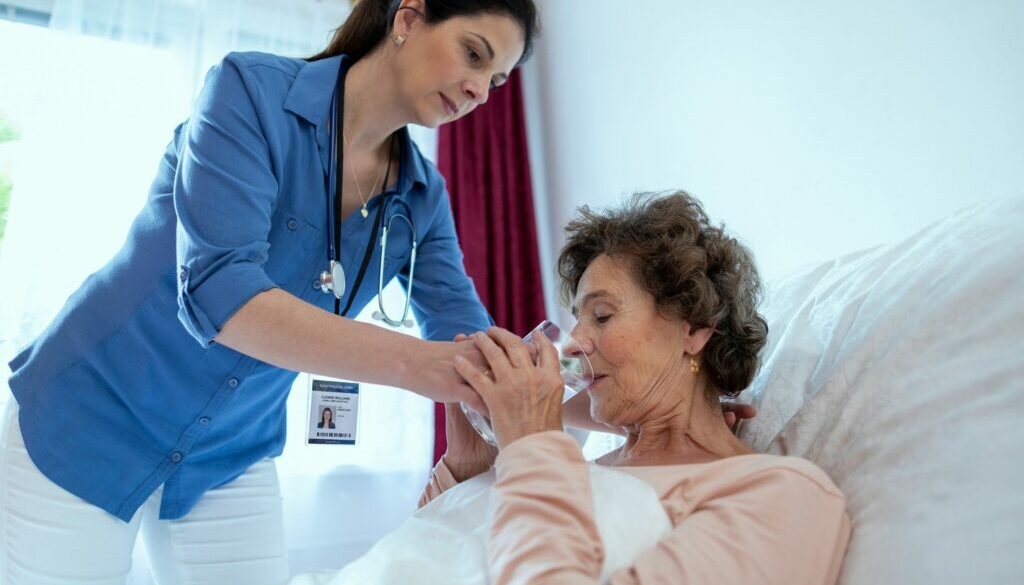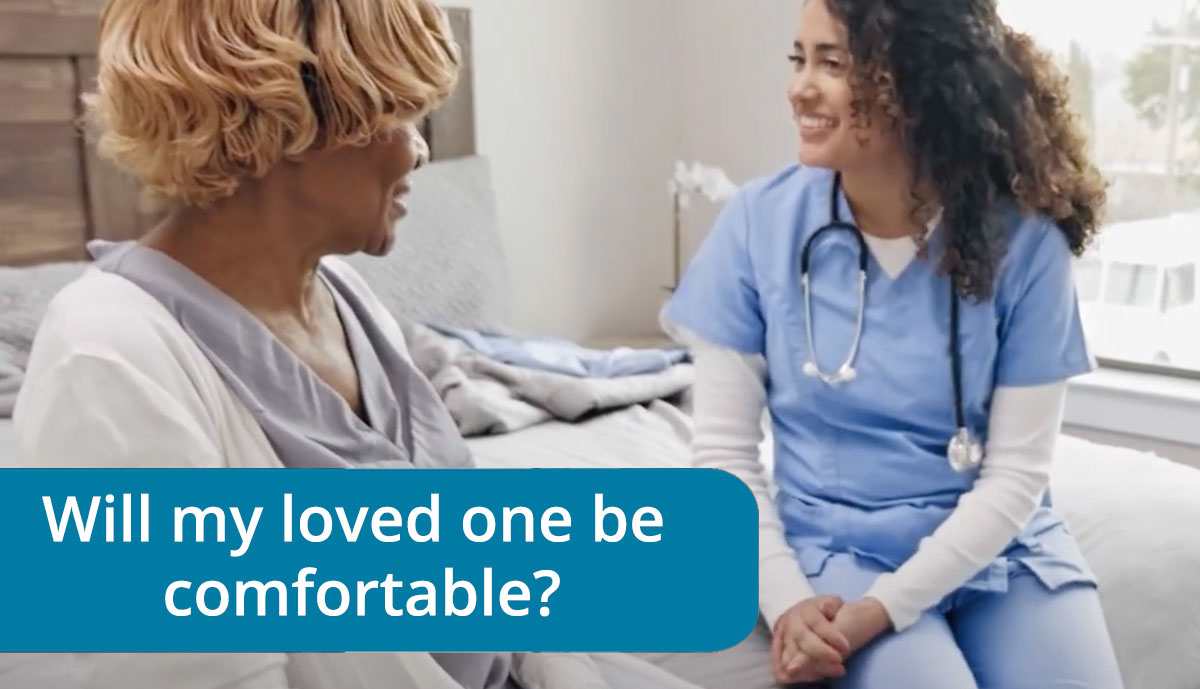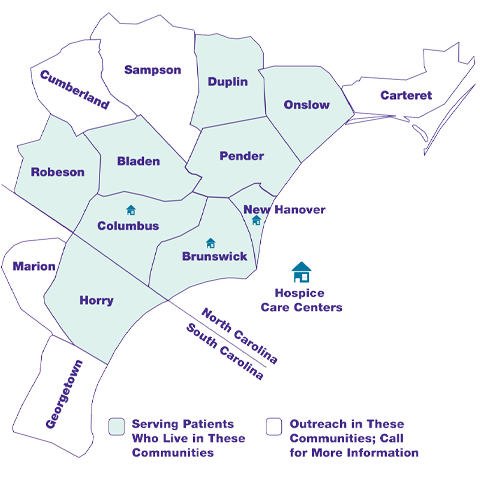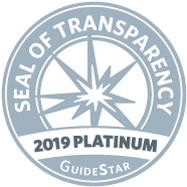When Does Hospice Care Stop Feeding a Patient?
Updated January 2025
Fewer things are harder than watching a loved one in hospice with a life-limiting illness slip away. It becomes even more challenging when families notice that their loved one has stopped eating and drinking.
Because many family traditions revolve around food and drink as a way of showing love and care, they wonder if they are being neglectful, even hurtful by not ensuring their loved one has food and drink. They may feel like they are giving up on them.
Nothing could be further from the truth. It’s simply part of the dying process. A person’s need for food and water are significantly less than those of an active, healthy person.
Hospice care does not deny a patient food or drink. If someone has the desire to eat or drink, there are no restrictions on doing so. However, for most patients, there comes a point where they simply do not want nor need food or liquids.
Physical Changes at the End of Life in Hospice Care
As someone nears the end of life, their body loses its ability to digest and process food and liquids. Organs and bodily functions begin to shut down and minimal amounts of nutrition or hydration are needed, if at all.
Continuing to insist that your loved one receives food and water, including artificial nutrition or hydration through nasal or stomach feeding tubes, can cause distress. Forcing food and liquids can cause additional physical problems and discomfort. So often, the decision to stop feeding your loved one would be made.
As the body loses the ability to regulate fluid, swelling can occur in the feet, legs, and hands. Worse yet, it can cause swelling in the lungs causing shortness of breath, coughing, and the inability to get enough oxygen into the blood. This is known as hypoxia. Hypoxia can cause confusion, agitation, and even combativeness.
Challenges Presented by Feeding at the End of Life
Feeding can cause its own set of issues for loved ones at the end of a life. Forcing food can cause choking or aspiration. Aspiration is when food or liquids enters the lungs and it can be very painful. It can cause the same symptoms as liquids such as shortness of breath and coughing. Additionally, it can cause:
- Nausea
- Vomiting
- Abdominal bleeding
- Excessive gas
- Constipation
- Diarrhea
All these can be especially painful to someone who is dying. These symptoms are uncomfortable at best for someone who is healthy, but, for someone at the end of life, it is much worse.
While we think of food and drink as a way to provide comfort and express our love, at the end of life this may no longer be the case. So, what can we do to show our love and make our loved ones more comfortable at this time?
How You Can Help Your Loved One in Hospice Care
Providing support is the best thing you can do for your loved one at end of life.
- If they are still able to eat or drink, offer small sips of water or liquids, ice chips, small amounts of food with a spoon, or hard candy. Take your cues from your loved one when they have had enough.
- If they are no longer drinking, keep the lips and mouth moist with swabs, lip balm, or a wet washcloth. Often, your hospice care team will provide a special sponge-tipped swab to provide your loved one with moisture for the mouth.
- If your loved one can no longer eat or no longer wants food, provide other means of comfort such as:

Talk to Your Hospice Care Team
When you are feeling nervous and anxious about your loved one’s disinterest in food and liquids, talk to your hospice care team. They can help you understand the process of dying and the changes going on in your loved one’s body. They can provide other suggestions to make your loved one feel comfortable to show your love and care.
Contact us for more information about our hospice care and learn why you should trust us in your loved one’s transition.
Sources:
American Hospice Foundation, “Artificial Nutrition and Hydration at the End of Life: Beneficial or Harmful?” https://americanhospice.org/caregiving/artificial-nutrition-and-hydration-at-the-end-of-life-beneficial-or-harmful/
Hospice Foundation, “When Death Is Near: Signs and Symptoms,” https://hospicefoundation.org/when-death-is-near-signs-and-symptoms/
Karnes, Barbara, RN, “Food and the Dying Process,” https://bkbooks.com/blogs/something-to-think-about/food-and-the-dying-process










